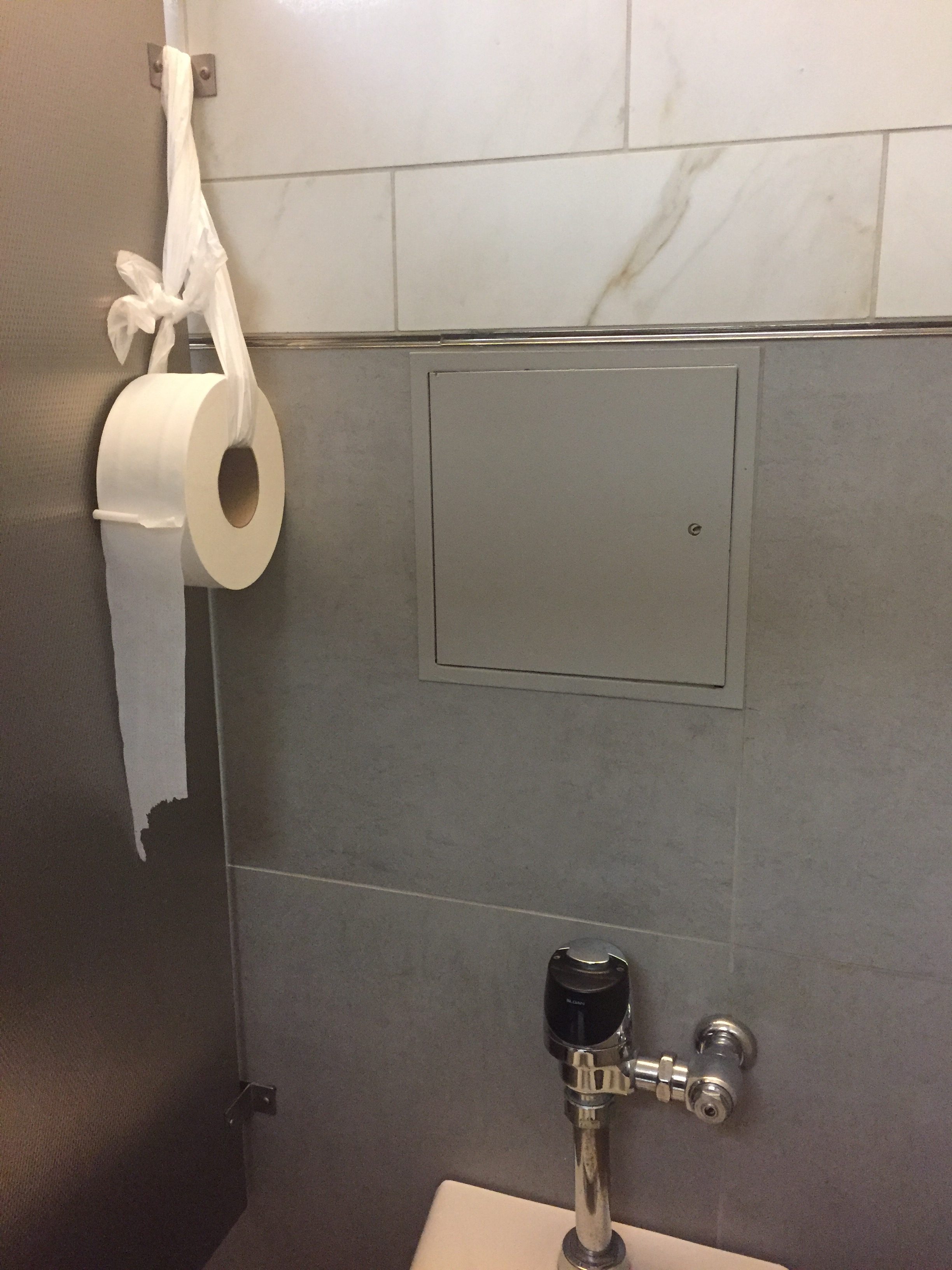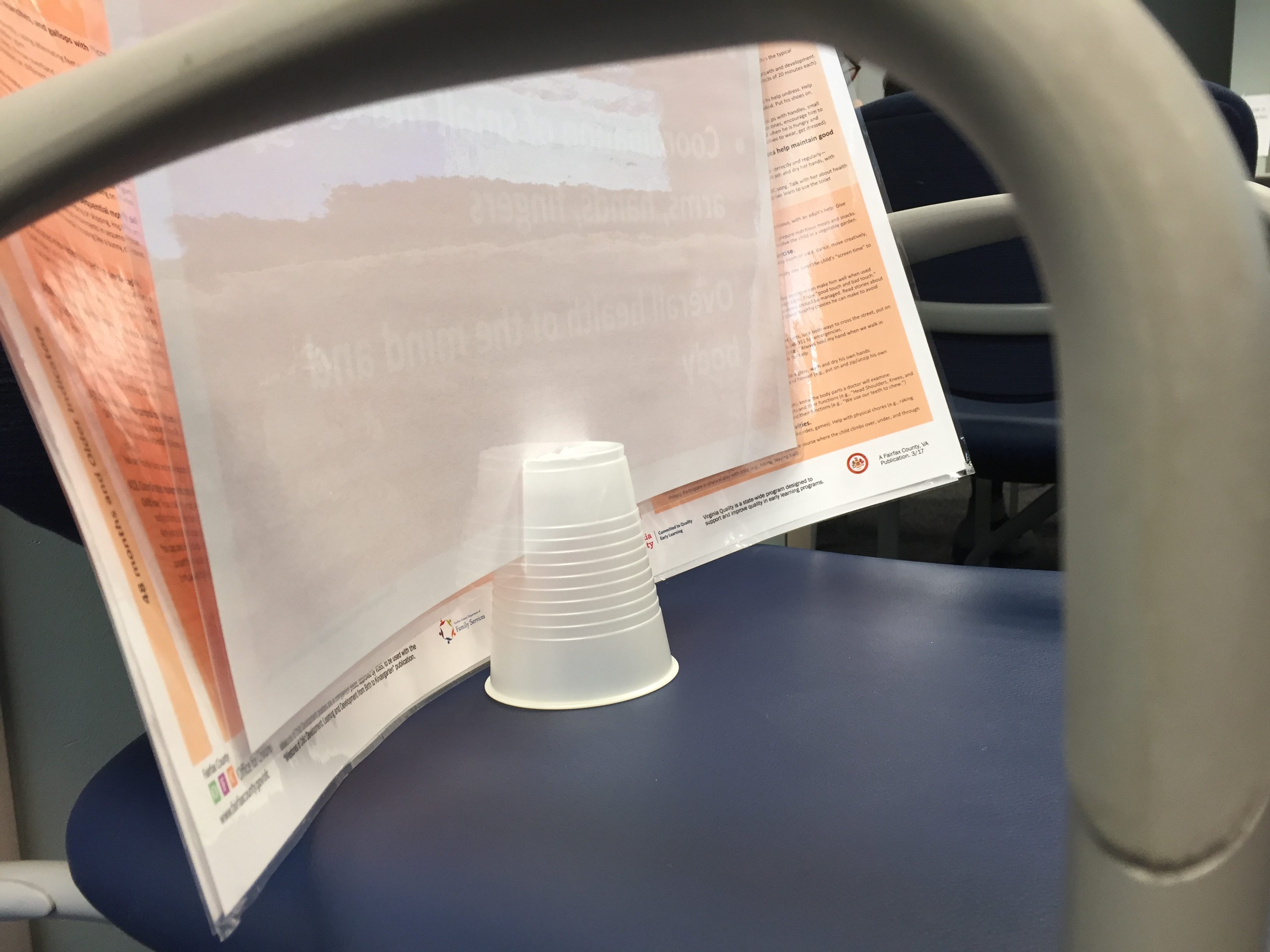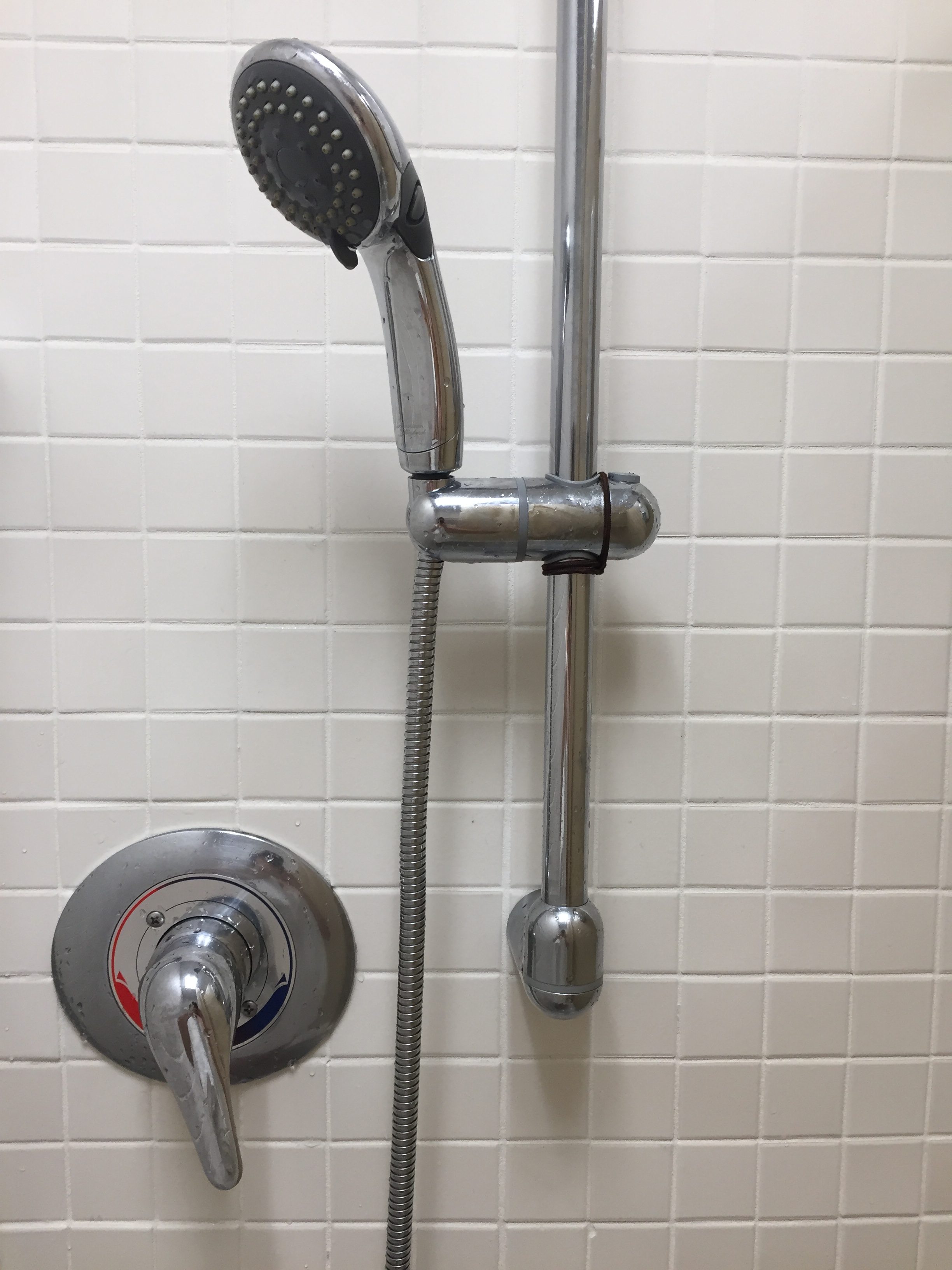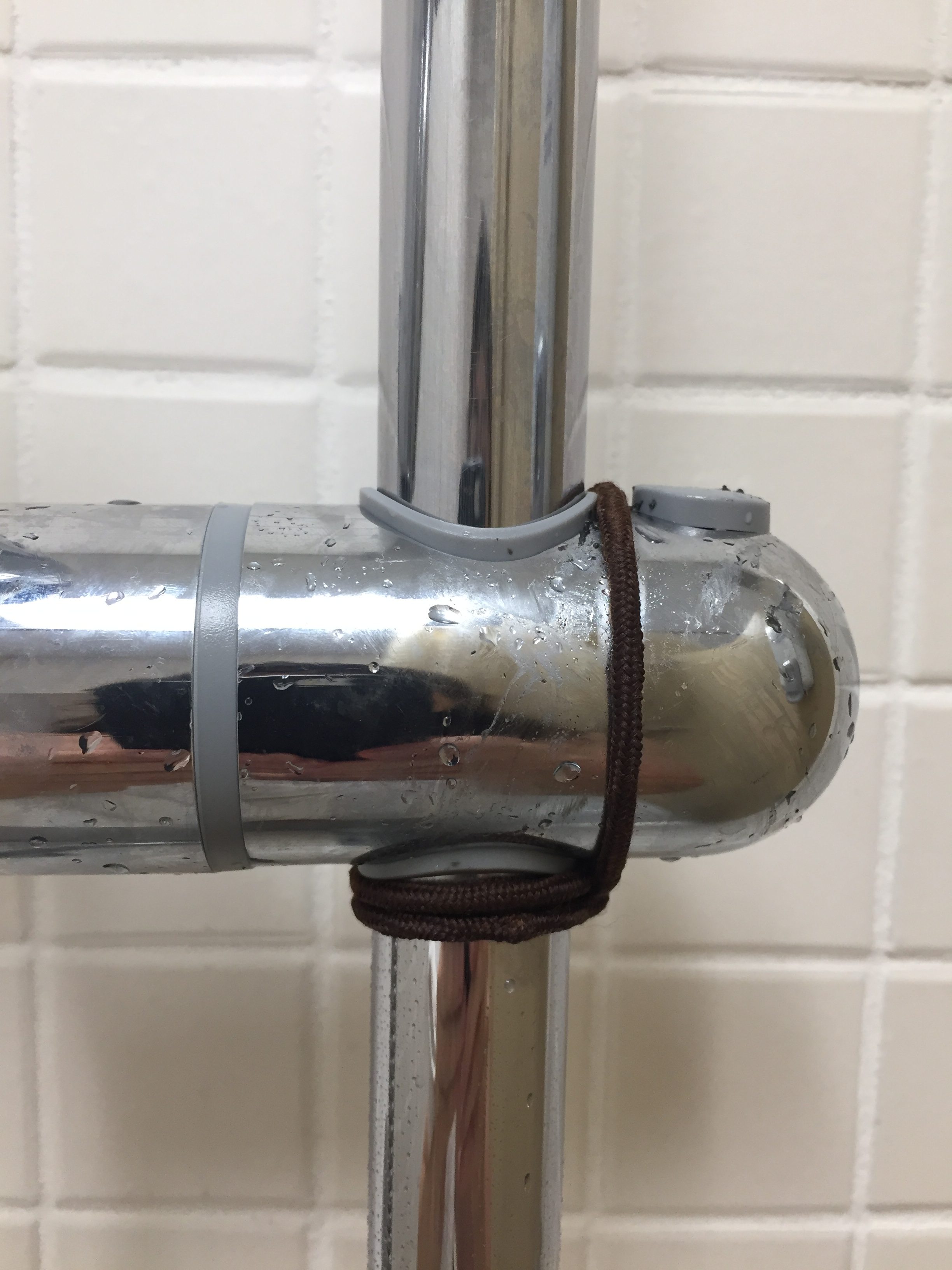Engineering in early childhood
By Peggy Ashbrook
Posted on 2018-12-15
In early childhood settings both educators and young children solve problems using available materials and an engineering design process. The process is not step-by-step because it looks different depending on the age of the children, the time available, and their engagement with adults helping them reflect on their work and process. A quick internet search for “The Engineering Design Process” shows that there are many variations, and they all include “evaluate” and “redesign” or “improve” as part of the process, and most of them are labeled “The” rather than “An” engineering design process. “Communicate” is another common part of the process, located centrally in some designs and often as a single moment. Some graphics communicate how the cycle repeats, the iterative nature of engineering design in working towards a better solution.
This cycle of trying to create a solution, testing it, then finding it needs some changes is familiar to most of us as we jury rig to deal with everyday problems. A childcare provider whose home business meets the needs of families with children five-years-old and under found that in addition to providing a stable step for small children to use at the sink, she also needed to move the water stream closer to the children. She devised this inexpensive homemade solution after trying several other designs: a just-the-right-size cup with the bottom removed, placed over the faucet to direct the water stream forward. Other homemade problem-solving designs by adults that I’ve seen include a way to hang a roll of toilet paper, a paper stand made from a cup, and using a hair rubber band to hold up a shower hose.
“Children have their own creative ideas to build and are intrinsically compelled to act upon them. In their process of construction, children grapple with systems thinking, growing to understand that the effect of changing one part of the system may have unintended consequences for the performance of another. They problem solve and often communicate with peers to collaborate in their perseverance to be successful. In the process, children have the opportunity to wrestle with their ethical use of materials and navigate social relationships.
Just as effective science teachers look for science in their children’s world to find meaningful entry points for science investigations, elementary teachers can look for engineering in their children’s world to find meaningful entry points for engineering experiences.” —Dr. Beth Van Meeteren
2018. Guest Editorial: Elementary Engineering: What Is the Focus? Science and Children. 55(7): 6-8.
What problems that arise in your setting have children tried to solve through an engineering design process? Making their own bandage or bag? Building a stable tower? Or creating a fair way—a system—to share materials? By identifying this kind of engineering design work you’ll be better able to help children reflect on their design and extend their work to improve it.
Disclaimer: The views expressed in this blog post are those of the author(s) and do not necessarily reflect the official position of the National Science Teaching Association (NSTA).










